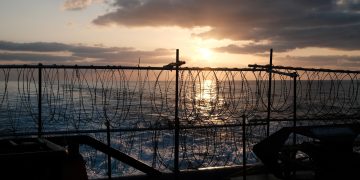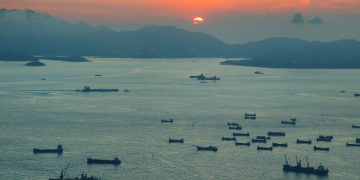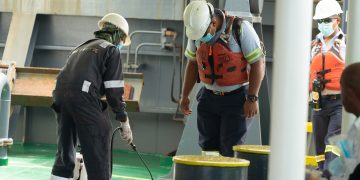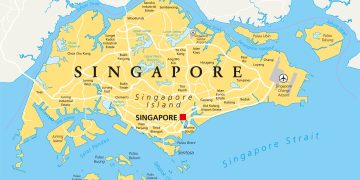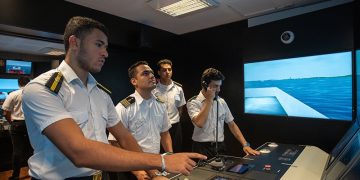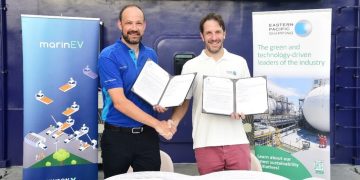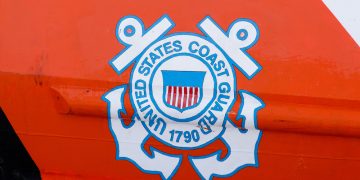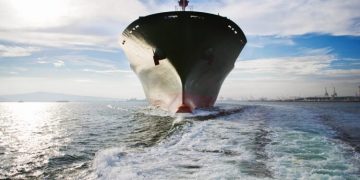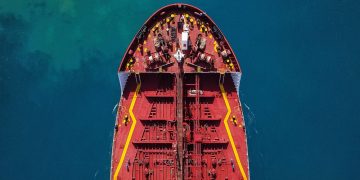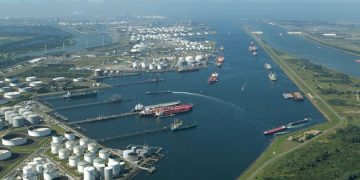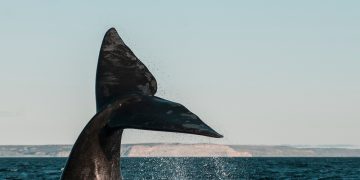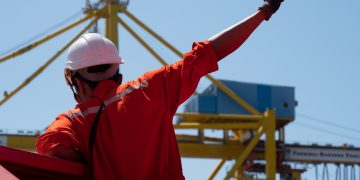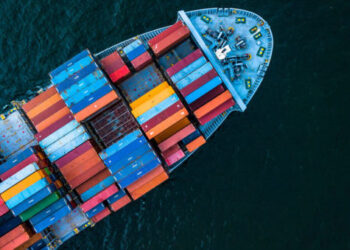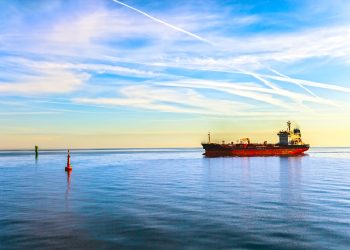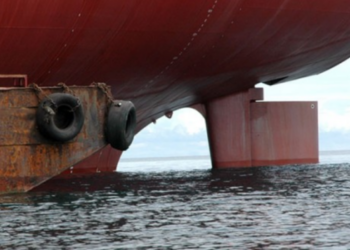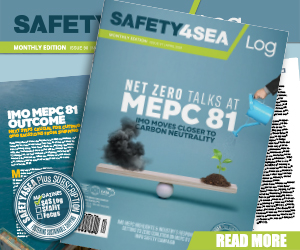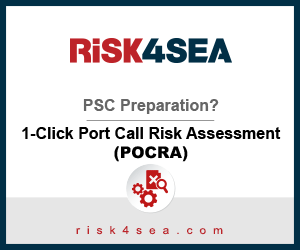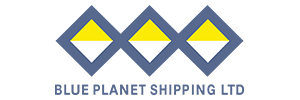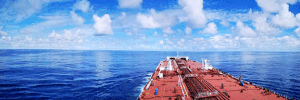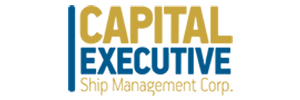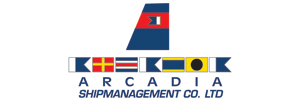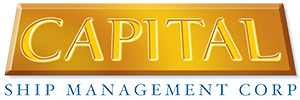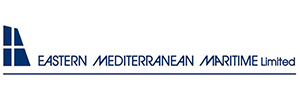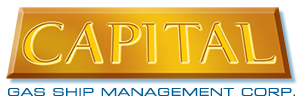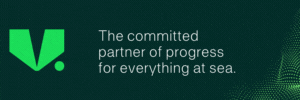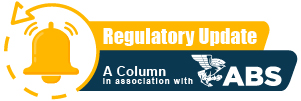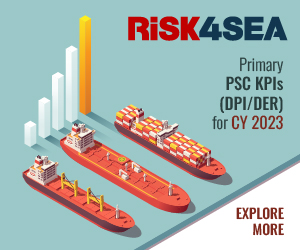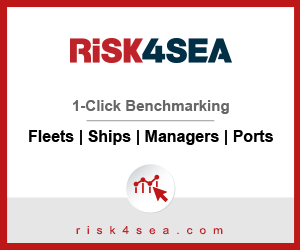A sudden operational failure of equipment or technical systems on board may result in a hazardous situation, that equipment or system is considered critical. In this Bridge Procedure article, we are going to explain why the steering gear is one of the most critical systems on a vessel and how to ensure vessel’s proper testing in the steering gear system.
What is the steering gear?
A steering gear is the equipment provided on ships to turn the ship to Port side or to Starboard side while in motion during voyage. The steering gear is constantly in use during a vessel’s voyage. Its importance is shown with the existence of SOLAS regulations, regarding steering gear’s testing. A failure on the steering gear, may lead to unpleasant situations such as collisions or groundings.
Lessons Learned: Collision due to failure of vessel’s steering system
In 2014, a bulk carrier collided with a berthed oil tanker on the Mississippi River. During vessel’s passage, a pilot was on board requesting the steering system to be tested by moving the rudder between hard (about 35 degrees) port and hard starboard. The full rudder movement took about 13 seconds, and the pilot was satisfied with the rudder’s responsiveness. Five minutes before the incident, the pilot ordered a 2-degree heading change to starboard.
To effect this change, the helmsman applied 15 degrees of starboard rudder, and the rudder responded correctly. However, when the helmsman turned the wheel to port to ease the rudder input, the rudder did not respond. The pilot immediately noticed that the ship’s heading continued to swing to starboard and ordered 20 degrees to port to correct the heading. The helmsman turned the wheel accordingly, but again the rudder did not respond.
The pilot notified the US Coast Guard’s vessel traffic service about the ship’s loss of steering and ordered the main engine full astern and then emergency full astern to make the engine act as a brake, using the propeller to slow the forward movement of the vessel. The pilot then ordered the crew to drop the portside anchor and hold the brake on the anchor. He then began sounding short blasts of the ship’s whistle to warn dockside personnel and crews on nearby moored vessels. The pilot sounded the whistle more than 70 times.
The bulk carrier’s speed was reduced to 2 knots; however, these efforts could not stop the ship in time, resulting in collision with the berthed oil tanker and pollution of the Mississippi River. The NTSB report identified as the probable cause of the accident the failure to routinely test the steering system.
Actions to be done during vessel’s operations
- At every watch or after the prolonged use of the autopilot, rudder response to manual steering should be checked, using each gear power unit singly and together
- Before entering coastal or congested waters, communication between bridge and steering gear compartment should be checked along with the rudder response to manual steering gear
- At least twelve hours prior vessel’s departure the correct operation of vessel’s steering machinery system should be checked and confirmed, along with the communication between bridge and steering gear compartment
- The Emergency Steering Drills should be carried out at least every three months and include direct control from within the steering gear compartment, the communications procedure with the bridge and, where applicable, the operation of alternative power supplies
SQE Marine has prepared a checklist aiming to provide the necessary steps required, to ensure vessel’s proper testing in the steering gear system.




